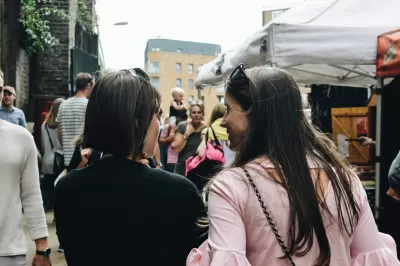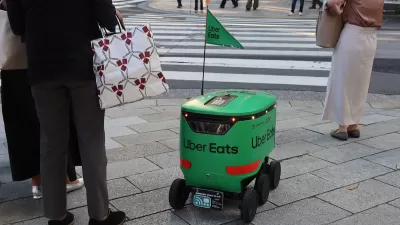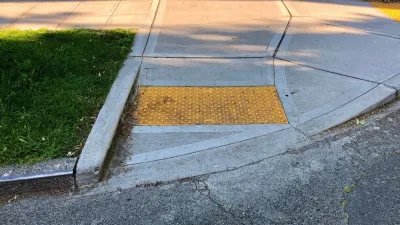Building cities to be safe and accessible for women and LGBTQIA+ people has benefits for all users of public space.

In an article in Architecture Daily, Camilla Ghisleni underscores the benefits of designing cities and public spaces for all users, including different genders, ages, and abilities outlined in the Handbook for Gender-Inclusive Urban Planning and Design, published in 2020 by The World Bank.
As Ghisleni writes, “the initiatives presented by the guide seek to break with the perpetuation of patriarchal gender norms reflected in the city, patterns that began to be questioned in the 1970s, when feminist scholars in the US and Europe analyzed the ways in which urban planning excluded the needs of women.” Now, “more than 50 years later, this discussion is urgent, and it touches other parameters including different minorities related to gender identity, such as transgender, agender, gender neutral, non-binary, etc.”
According to Ghisleni, there are four fundamental criteria for building more inclusive cities: accessibility, mobility, security, and representation. In addition to basic but important improvements like accessibility ramps, security lighting, and improved nighttime transit schedules, the article highlights some creative interventions from around the world that seek to address these issues and improve safety and mobility for the more vulnerable users of public space such as children and members of the LGBTQIA+ community. After recognizing that young women often stopped frequenting city parks after the age of nine, one project in Vienna “renovated an existing park, including new accesses, dividing open areas into more private spaces with landscaping and benches that facilitate interaction, as well as the inclusion of courts for other sports like volleyball and badminton.” The demographics of park visitors changed almost immediately.
Like street furniture, the monuments and public art that cities choose to elevate often represent a narrow part of a city’s history and demographic makeup. “While elements that represent a common narrative, they have now incorporated more critical thinking, embracing representativeness and diversity” as one step toward making cities feel more inclusive and function more effectively for a wider variety of citizens.
FULL STORY: How Gender Inclusion Is Influencing Urban Design

Alabama: Trump Terminates Settlements for Black Communities Harmed By Raw Sewage
Trump deemed the landmark civil rights agreement “illegal DEI and environmental justice policy.”

Planetizen Federal Action Tracker
A weekly monitor of how Trump’s orders and actions are impacting planners and planning in America.

The 120 Year Old Tiny Home Villages That Sheltered San Francisco’s Earthquake Refugees
More than a century ago, San Francisco mobilized to house thousands of residents displaced by the 1906 earthquake. Could their strategy offer a model for the present?

Opinion: California’s SB 79 Would Improve Housing Affordability and Transit Access
A proposed bill would legalize transit-oriented development statewide.

Record Temperatures Prompt Push for Environmental Justice Bills
Nevada legislators are proposing laws that would mandate heat mitigation measures to protect residents from the impacts of extreme heat.

Downtown Pittsburgh Set to Gain 1,300 New Housing Units
Pittsburgh’s office buildings, many of which date back to the early 20th century, are prime candidates for conversion to housing.
Urban Design for Planners 1: Software Tools
This six-course series explores essential urban design concepts using open source software and equips planners with the tools they need to participate fully in the urban design process.
Planning for Universal Design
Learn the tools for implementing Universal Design in planning regulations.
Clanton & Associates, Inc.
Jessamine County Fiscal Court
Institute for Housing and Urban Development Studies (IHS)
City of Grandview
Harvard GSD Executive Education
Toledo-Lucas County Plan Commissions
Salt Lake City
NYU Wagner Graduate School of Public Service





























